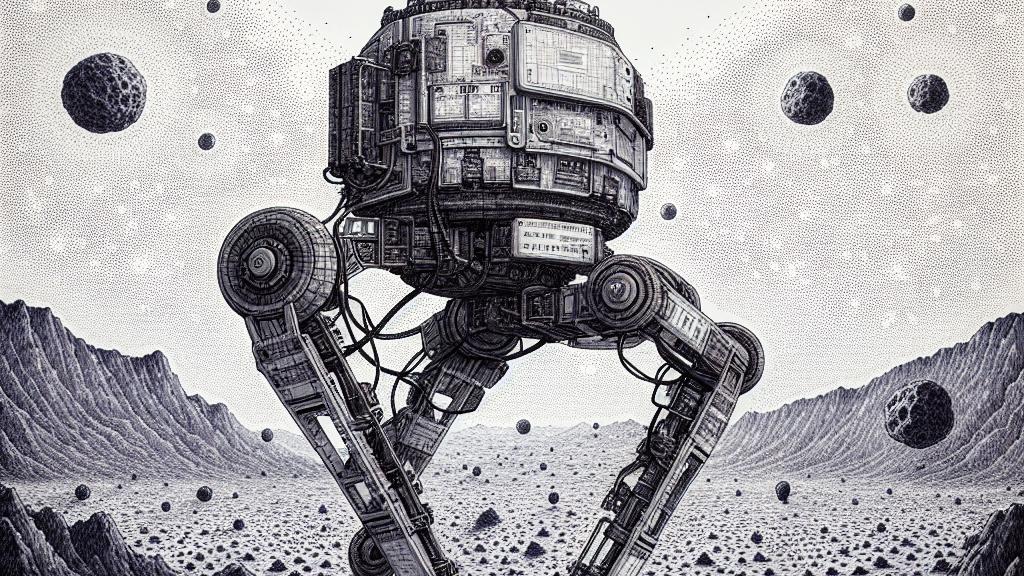AI-Powered Robot Revolutionizes Asteroid Exploration
Overview
- Groundbreaking robot mimics feline agility for asteroid exploration, transcending traditional limitations.
- Leveraging advanced AI, it performs mid-air adjustments, ensuring precision landings.
- Sets the stage for transformative robotic missions, unlocking new possibilities in celestial studies.

Innovative Design from China
In a remarkable achievement hailing from northeast China, the Harbin Institute of Technology has introduced a game-changing robot designed to leap across the rugged and unpredictable terrains of asteroids. This ingenious creation draws inspiration from the natural agility of cats, utilizing cutting-edge artificial intelligence, specifically reinforcement learning. Just imagine a robot springing into action, adjusting its limbs in mid-air and gracefully orienting itself to ensure a perfect landing! By utilizing a 'model-free' control system, it deftly maneuvers without the burden of heavy stabilizing technology, which is often detrimental in space exploration. The ability to correct its angle during free fall is crucial, as even the tiniest misstep could lead to uncontrolled spins or disastrous impacts. This innovation promises to redefine the landscape of robotic exploration, paving the way for safe and efficient studies of celestial bodies.
Record-Setting Robotics
Equally impressive is the endeavor at UC Santa Barbara, where researchers have engineered a robot that breaks records for height, capable of leaping over an astounding 100 feet—height surpassed by neither its mechanical peers nor the animal kingdom! Picture this: a whimsical device that resembles a toy rocket perched on two intersecting wheels, where innovative carbon-fiber compression bows act as its 'tires.' The robot's sophisticated design harnesses energy through a unique mechanism that compresses and releases stored energy, propelling it into the air with blistering speed. This device boasts a spring-to-motor ratio almost 100 times larger than that of any natural jumper, thereby highlighting a significant advantage of engineering. While nature often confines its creatures to specific paths, this robot harnesses its mechanical prowess to leap further and higher—proving that in the race of exploration, machines can outshine living beings, especially in the low-gravity environments of the Moon or Mars.
Future of Space Exploration
Looking into the future, the ramifications of these technological advancements for space exploration are nothing short of exhilarating. With NASA's Psyche spacecraft now on its way to explore the metallic asteroid 16 Psyche, scheduled to arrive in 2029, the integration of these agile, AI-driven robots could significantly enhance the mission's success. Imagine a fleet of these robots equipped with the ability to traverse hazardous terrains, systematically gather samples, and relaying crucial data back to scientists on Earth. The prospect of unlocking secrets about the origins of planetary cores, and even understanding more about the building blocks of our solar system, is tantalizing! As we stand on the edge of discovery, these advancements in robotic technology herald an exciting new era—one where exploration expands beyond our dreams, pushing the boundaries of what we know about the universe. It’s a thrilling time for science, full of potential, innovations, and endless possibilities.

Loading...